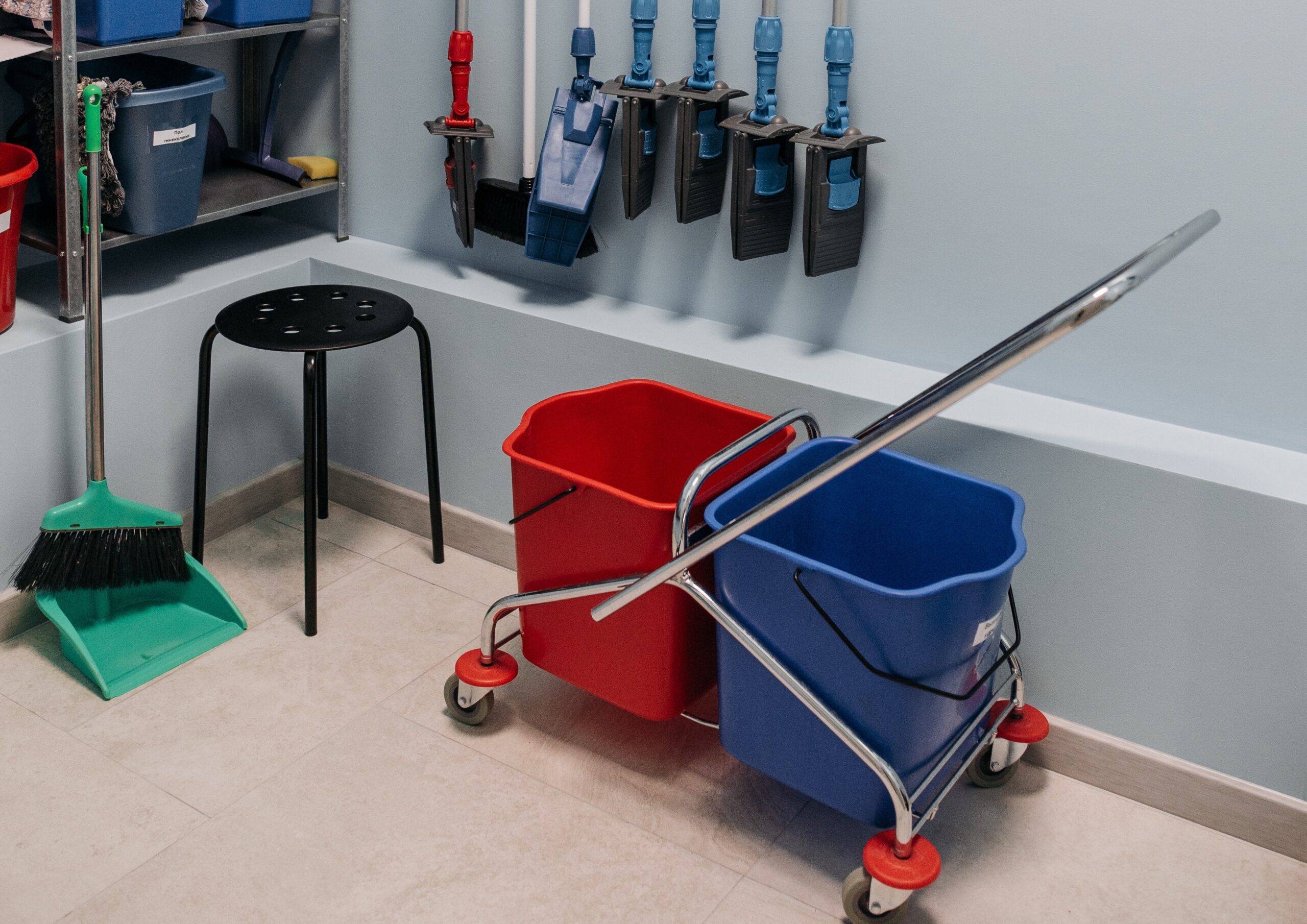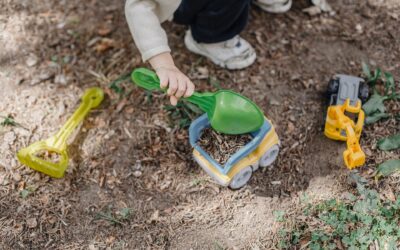No. 44: Use water-efficient cleaning methods, such as microfiber mops and cloths
No. 44: Use water-efficient cleaning methods, such as microfiber mops and cloths
Number 44
Using water-efficient cleaning methods such as microfiber mops and cloths in schools can have both environmental and financial benefits. These methods can significantly reduce water usage and costs, as well as improve indoor air quality by reducing the use of harsh chemicals.
Learn why you should do this:
Schools can significantly reduce their environmental impact by implementing water-efficient cleaning methods. Traditional cleaning methods such as using a mop and bucket can waste water and chemicals, leading to increased water and energy bills and environmental harm. Using microfiber mops and cloths, however, can reduce water usage by up to 90% and chemical usage by up to 95% compared to traditional methods. This can lead to substantial savings in water and energy bills for schools and promote environmental sustainability.
Microfiber cleaning materials are designed to be more effective at cleaning surfaces than traditional materials such as cotton, reducing the amount of water needed to clean a surface. Additionally, the fibers in microfiber cloths and mops are able to penetrate microscopic crevices and remove dirt and bacteria more effectively than traditional cleaning materials. This can lead to a reduction in the use of harsh chemicals, as the cleaning process is more efficient.
According to a report by the United States Environmental Protection Agency (EPA), water-efficient cleaning methods, such as the use of microfiber materials, can help reduce water usage in buildings by up to 30%. This reduction in water usage can lead to substantial savings in water bills for schools, allowing them to allocate resources towards other areas of need. Additionally, the reduced use of harsh chemicals can lead to a reduction in health risks associated with traditional cleaning methods.
The benefits of using water-efficient cleaning methods extend beyond financial savings and health benefits. The reduction in water and chemical usage can also help to minimize the environmental impact of cleaning activities. Traditional cleaning methods can contribute to pollution of waterways, soil, and air through the release of chemicals and contaminated water. The use of water-efficient cleaning methods can help reduce this pollution, promoting a cleaner and healthier environment for all.
In addition to microfiber mops and cloths, other water-efficient cleaning methods include using high-pressure washers and low-flow toilets and faucets. By implementing these methods in schools, not only can the schools reduce their environmental impact, but they can also help educate students on the importance of sustainability and the role they can play in protecting the environment.
Overall, the implementation of water-efficient cleaning methods, such as microfiber mops and cloths, can provide significant environmental and financial benefits for schools. By reducing water and chemical usage, schools can save on water and energy bills, minimize the environmental impact of cleaning activities, and promote a healthier environment for students and staff alike.
Sources:
- EPA. (n.d.). Water-efficient products. Retrieved from https://www.epa.gov/watersense/water-efficient-products
- Katsigris, E., & Thomas, C. (2011). Greening the cleaning. The Construction Specifier, 64(7), 64-70.
- National Wildlife Federation. (2012). Making the grade: The environmental report card on school campuses. Retrieved from https://www.nwf.org/-/media/PDFs/Eco-Schools/Report-Card-on-School-Campuses.ashx
- U.S. Green Building Council. (2016). LEED v4.1 for existing buildings: Operations and maintenance. Retrieved from https://www.usgbc.org/resources/leed-v41-existing-buildings-operations-and-maintenance

All 100 ideas in one, easy to share ebook. Download now and start helping your school be its best version of itself...
Downloaded over 17,000 times!

More ways to make a difference, now!
No. 26: Install bike racks at school
Number 26 Installing bike racks in schools can benefit the environment, promote physical activity, and save money. Students who bike to school have improved physical fitness and academic performance, while schools can save money on transportation costs and reduce...
No. 18: Use digital signage instead of paper posters
Number 18 Using energy-efficient digital signage instead of paper posters in schools has environmental and financial benefits. It reduces waste and saves energy, resulting in cost savings. Experts suggest that digital signage is also more effective in communicating...
No. 4: Create sustainable play areas
Number 4 This article discusses the environmental and financial benefits of creating sustainable play areas in schools. These play areas reduce waste, promote a connection to nature, reduce carbon emissions, and save schools money on maintenance and utility bills....





